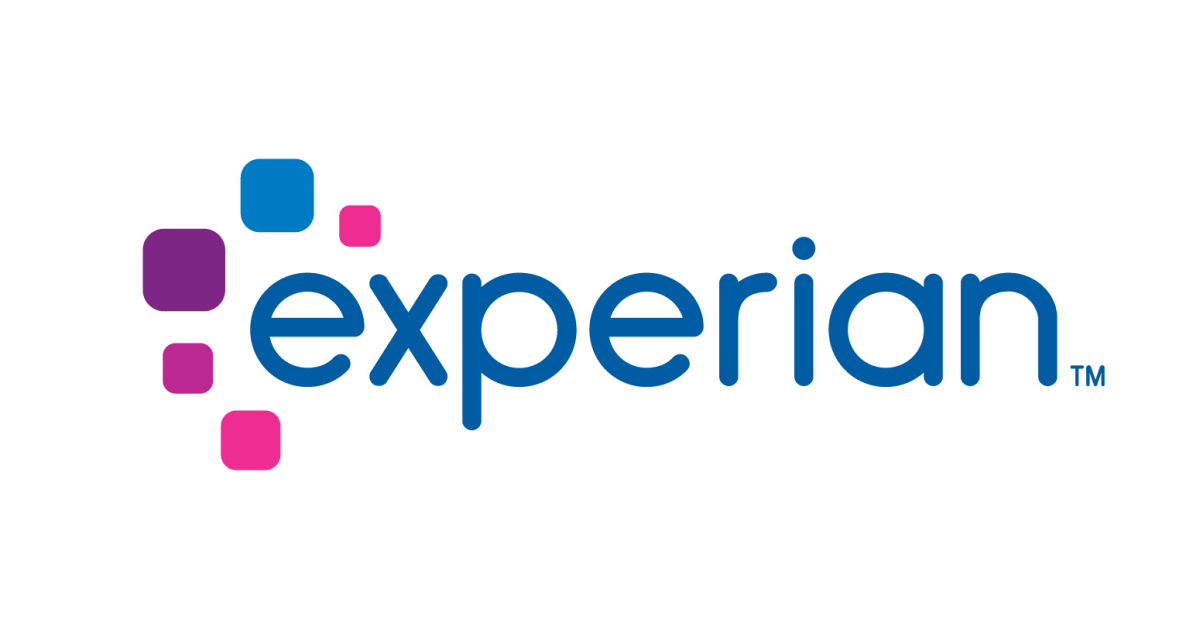The automotive market is still facing shortages of inventory, so consumers are turning to the used market. Experian’s Report on the Automotive Finance Market: Q2 2022 shows that 61.78% of vehicle financing was for used cars, up from 58.48% during Q2 2021.
All credit tiers saw a shift to used vehicles, but near prime saw the greatest increase, increasing from 72.3% Q2 2021, to 77.69% Q2 2022. The percentage of subprime consumers who took out used vehicle loans increased from 86.28% to 89.29% during Q2 2021, while prime consumers saw an increase from 61.02% up to 63.59%.

“Between the inventory shortage and rising vehicle costs, consumers are looking to make the most cost-effective decision, which is often a used vehicle,” said Melinda Zabritski, Experian’s senior director of automotive financial solutions. “The benefit of higher vehicle values is that consumers are able to get more for their trade-ins, which can help offset the increased cost of their next vehicle.”
The rising monthly vehicle payments and average vehicle loan amounts have led to the shift to used vehicles. The average new vehicle loan amount grew 13.21% over the past year to $40,290 in Q2 20,22. Monthly payments were $667, compared to $582 for Q2 2021. The average used vehicle loan amount increased by 18.66% over the same period. It was $28,534, with an annual payment of $515. This is an increase of $440 from Q2 2021.
Credit unions witness a jump in market share
Credit unions saw significant growth as consumers purchased more used vehicles. Credit unions experienced a significant increase in market share. They reached 25.81% in the first quarter 2022, an increase of 18.32% from Q1 2021. This was second only to banks (27.94%), and better than captive lenders (22.64%).
Both new and used vehicle financing saw credit union growth, but the increase was greater in the used space. Although captives still lead new vehicle financing at 46.14%, credit unions increased their share to 21.35% from 11.15% last year. Credit unions accounted for 28.62% of used vehicle financing in Q1 2022, compared to 23.49% in Q1 20201. Credit unions are now second only to banks in used vehicle financing, accounting for 29.19% of the Q1 2022 total.
The automotive market is still facing shortages of inventory, so consumers are turning to the used market. Experian’s Report on the Automotive Finance Market: Q2 2022 shows that 61.78% of vehicle financing was for used cars, up from 58.48% during Q2 2021.
All credit tiers saw a shift to used vehicles, but near prime saw the greatest increase, increasing from 72.3% Q2 2021, to 77.69% Q2 2022. The percentage of subprime consumers who took out used vehicle loans increased from 86.28% to 89.29% during Q2 2021, while prime consumers saw an increase from 61.02% up to 63.59%.
“With the market dynamics we’re seeing right now, the shift in lender market share makes sense, as credit unions often offer two things that consumers are seeking: lower interest rates and longer terms,” Zabritski continued. “This helps to manage their monthly payment, which is often what consumers prioritize when looking at financing options. Understanding these trends will ensure lenders and dealers can help consumers make the most informed decisions when purchasing a vehicle.”
Additional findings for Q2 2022:
- Leasing decreased to 19.65% of new vehicles in Q2 2022, down from 27.82% in Q2 2021.
- The market continues to move more prime with prime (45.74%) and super prime (19.57%) comprising more than 63% of all originations in Q2 2022.
- SUVs surpassed 60% of total financing in Q2 2022 at 60.43%, up from 58.57% in Q2 2021.
- The average difference between a new vehicle loan and lease payment was $127 in Q2 2022.
- The average loan term for new vehicle loans remained flat going from 69.45 to 69.46 months from Q2 2021 to Q2 2022; average used vehicle loan terms grew from 66.14 months to 68.01 months, year-over-year.
To learn more, watch the entire State of the Automotive Finance Market: Q2 2022 webinar.
